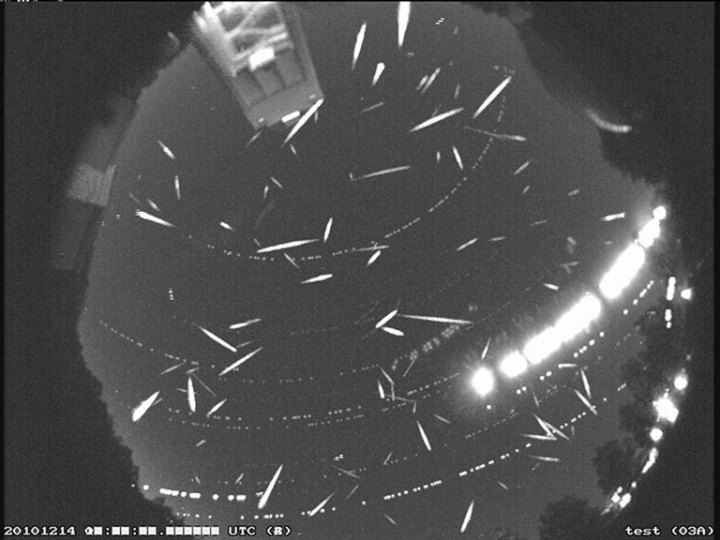One of the great meteor showers of the year, the Geminids, will be visible in December. Here’s how to catch this beautiful sight.
What to expect from the Geminids Meteor shower

Meteor showers happen when the Earth passes through patches of debris left by asteroids or comets. As the Earth completes one orbit in a year, these meteor showers are yearly events, as the Earth passes through the same patch of debris at the same time each year. The debris burns up in the atmosphere, making visible trails of light across the sky. The Geminid shower is the result of an asteroid called 3200 Phaethon, discovered in 1983.
The shower is most visible from the northern hemisphere but can be caught from the southern hemisphere as well. There are up to 100 to 150 meteors visible per hour at its peak with ideal viewing conditions.
“The Geminids start around 9 or 10 p.m. CST on Dec. 13, making it a great viewing opportunity for any viewers who cannot be awake during later hours of the night,” NASA advises in a blog post. “The shower will peak at 6 a.m. CST on Dec. 14, but the best rates will be seen earlier around 2 a.m. local time. You can still view Geminids just before or after this date, but the last opportunity is on Dec. 17 – when a dedicated observer could possibly spot one or two on that night.”
How to watch the Geminids Meteor shower
If you have access to a telescope or binoculars then you can certainly use these to get a closer view of the meteor shower, but the good news for casual stargazers is that no equipment is required to see the Geminids in action. The two most important factors in the visibility of the meteors are the weather and nearby light pollution, so you should pick a clear night with as little cloud as possible and try to get as far away as you can from bright light sources like cities and street lights.
Find a dark spot and make yourself comfortable, as you could be there for some time. Remember to bring blankets and warm clothes as it can get very cold. The best way to see meteors is to lie on your back and look up and the sky and give your eyes time to adjust to the darkness. This can take around 15 to 30 minutes, so avoid looking at bright light sources such as your phone during this time.
The meteor shower should be visible across the sky and throughout most of the night, so be patient and keep looking up and you should be able to catch the shower as bright streaks move across the sky.



